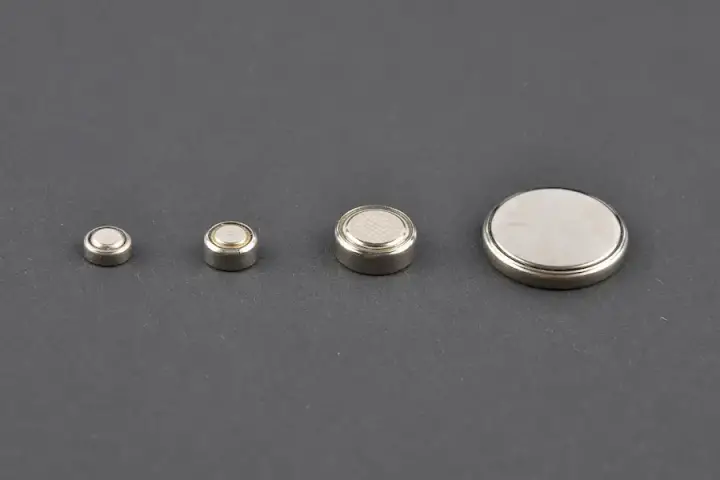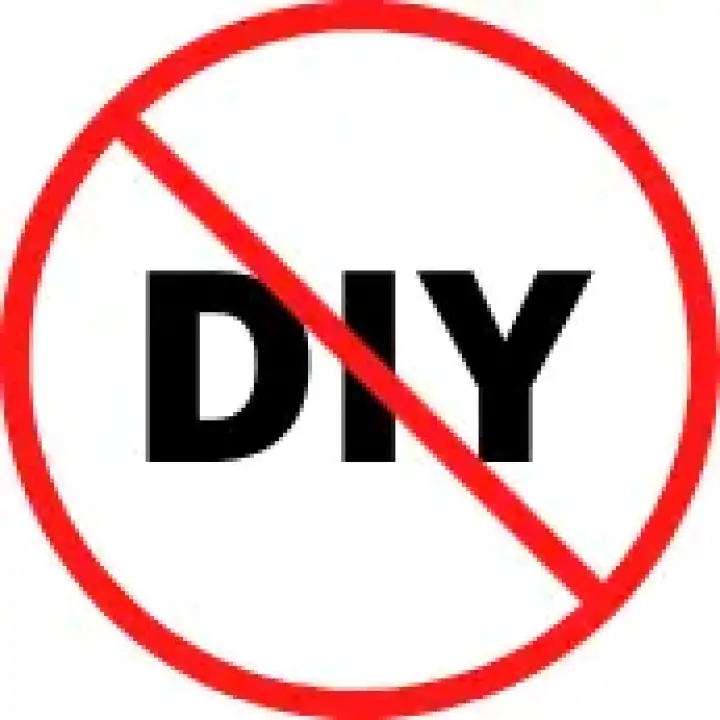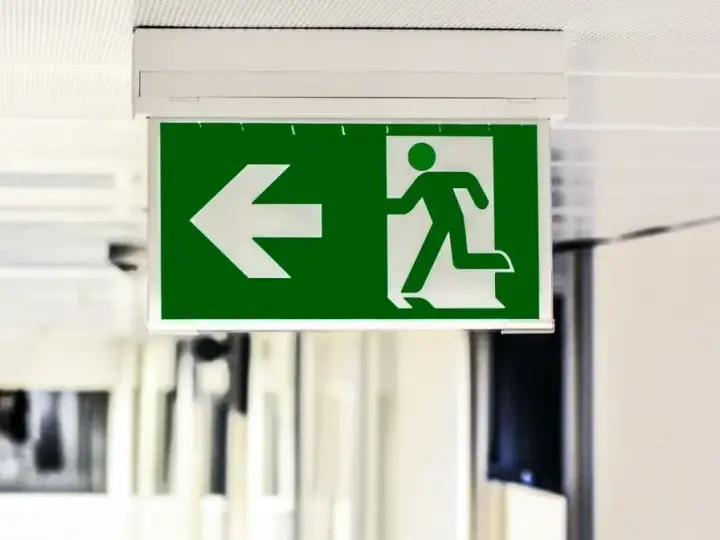Is Z-Wave Dead? 3 Reasons Why It's Not
Updated on 30th Sep 2020 02:55 in IoT, Smart
Historically, Z-Wave has been one of the major players in the smart home industry, but with the rise of WiFi products, many may wonder: is Z-Wave is dead? The short answer is no. A longer answer is that there are many contributing factors to the stability of Z-Wave in the smart market, most of them have to do with power consumption, certification, and network configuration. What the surge in protocol options means for you is that it is more important than ever to carefully analyze each technology to select the best one for your smart home.

Table of Contents
Is Z-Wave dead?
The short answer is no, the standard is far from dead and still receives a lot of updates from its creators. Many different standards can exist at the same time without putting one another entirely out of the game. In a worse case situation, Z-Wave will simply see a reduction in its market share while other protocols rise and fill the void. The truth is that a decrease in popularity to the point of rendering the technology obsolete is highly unlikely for several reasons.
For one, many home security systems are built around Z-Wave with the standard at the core of the product. Security is serious business and as fun as cutting costs is, most will agree that this is not the place to save a few dollars. Professional installation of commercially tested systems is still the only way to have complete peace of mind. Consumers must trust their alarm as its primary purpose is to help protect your home from thieves or diasters.
Companies like ADT, Vivint, and Honeywell are all examples of manufacturers that produce products that are heavily reliant on Z-Wave. In fact, when you consider that in 2020 more than 1% of computers still run Microsoft Windows XP (an operating system released in 2001 and no longer supported since 2014), it isn't hard to imagine that in the worst-case Z-Wave will continue to live on in the commercial world. Companies want to use technology that is stable and that they can trust to serve their customers effectively and if it's working for them now, why would they change?

Why would Z-Wave be dead?
There are many reasons people will give you as to why Z-Wave is going to be dead soon. By far, one of the largest is that big companies are pushing their own protocols into the market, which will reduce the adoption rate. While there is undoubtedly some truth to the idea that more competition will almost certainly reduce their market share, that isn't to say that they will wipe Z-Wave off the map. As mentioned in the previous section, many professional integrators still use Z-Wave to power their systems which will continue to drive demand.
Project Connected Home over IP is one of the newer reasons that Z-Wave will become useless, or so people claim. The project aims to create a standard that works over IP primarily with WiFi and Bluetooth. Why another standard? This one will leverage the already established Internet Protocol (IP) to allow smart devices to communicate with each other. The primary advantage of doing this is that instead of creating something from scratch, there is the ability to leverage the lessons learnt from over 30 years, resulting in a more reliable system.
While new protocols like Project Connected Home over IP will almost certainly keep being developed, the appearance of new technology will not impact the life of Z-Wave. It's been a long time since it was initially created in 1999, there's a been a lot of competition over the years, and they are indeed still relevant. Remember that the best part about Z-Wave is that should something happen to the manufacturer, all of your devices will continue to function as they require no cloud service to operate.
Advantages of Z-Wave
We already talked about some of the reasons Z-Wave is here to stay for the foreseeable future, but there are some real advantages to using the standard. These will help you decide which protocol is best suited to your smart home's needs.
Z-Wave mesh network
One of the most significant drawbacks with WiFi devices that seems to be rarely mentioned is the inevitable network congestion that will occur as more devices are added. This is in direct contrast to Z-Wave networks which get stronger as more devices are added since each node will act as repeater in the mesh, effectively increasing the range and signal strength of the system. A classic Z-Wave network can have 232 devices on it, while Z-Wave Long Range supports up to 2000!
In fact, with the Z-Wave LR standard, the wireless range from one device to another is 400m! That's up from 100m with classic which is still really good when you consider that this distance is measured from the nearest repeating node (usually ones that are plugged in). Obtaining this sort of performance with WiFi is a real challenge as it typically requires multiple access points placed in each far corner of the home to get adequate coverage.
Another problem that Z-Wave solves is the requirement for internet bandwidth. With only a few smart devices, there will likely be no issues. However, once the number of nodes connected to the WiFi network increases, the network's ability to keep up the speed could start to slow in two different places. First in the router itself, as more clients connect to it, more processing power is required to keep serving them at an acceptable speed. Second is the internet speed which will quickly drop as hundreds of devices frequently chat over it.
work in a "mesh", but it isn't device to device.
Superior battery support
If you've read my DIY smart button guide, you'll know that WiFi is very power-hungry. This is evidently far from ideal in a device that uses batteries. As far as Z-Wave is concerned, Z-Wave LR claims to support a typical sensor on a coin cell battery for up to ten years with the same battery! Even the Z-Wave classic has significantly superior power consumption than WiFi. The most significant benefit is that while Bluetooth is also low power, its range is nowhere near as large as Z-Wave's.
Anyone who has shopped around for battery-powered WiFi smart devices will know that while they certainly exist, they are a lot harder to find than ones that use Z-Wave. This is because there are significant challenges with creating a low powered WiFi device simply due to the way the protocol works. The ESP8266 is a chip that is very popular for building IoT products due to its low price and high accessibility. It has a power consumption of around 70mA when the WiFi radio is on - that's enough to drain that same coin cell in just 3 hours assuming constant transmission.
In the DIY button guide, we used deep sleep to achieve far longer run times than would otherwise be possible. Due to the nature of some smart devices, sleeping for extended periods is not really a possibility as it waits to receive the next command. It is in these situations that Z-Wave's lower energy requirements can come in handy. The classic specification draws around 23mA while it is transmitting which is significantly less than WiFi and is likely even lower in Z-Wave LR.

Certification process
Since it's inception, anyone looking to build Z-Wave compatible products must have them certified by a third party company that will test every relevant aspect before giving their stamp of approval. It is one of the only protocols to require a proper third party certification, and it's this process that can help increase your confidence in a product as it has been tested to a certain standard. This is one of the reasons alarm companies trust Z-Wave for their customers.
When it comes to using IoT devices for security purposes, it's best not to take any risks, and the only way to properly understand the quality of a given product is either to assess it your self or to have it tested by professionals. As a part of the certification process, each device is tested for compliance with a strict set of rules by a third party. This means that products listed as "compatible with Z-Wave" have passed this certification and are compliant with the standard.
The end effect of this is that consumers can trust that products listed with the "compatible with Z-Wave" emblem will both be compatible with their existing network and be of a certain quality. While some devices can get away with being a bit cheaper, things like door locks and smoke detectors should probably be more reliable. There is no doubt that the certification process introduces additional cost, but with the benefit being that you are receiving a potentially higher-quality product, it is certainly worth considering.
Open-source
It has certainly not always been the case, but since 2019, the entire Z-Wave protocol is open-source. This means that companies can implement it however they want, allowing a much greater variety of devices to be created. One of the problems with the previous closed-source approach is the high cost of entry along with the limited supply. As every radio module had to be purchased from one manufacturer, it was quite expensive compared to having complete freedom of implementation.
One of the problems with Z-Wave has always been that it is challenging to create DIY projects with it as the ecosystem is designed for commercial production. With any luck, the move to open source will help bring a product similar to the ESP8266 that instead uses Z-Wave and allows easy development for at-home projects. This would also make building battery-powered projects a lot easier as it would be possible to leverage the low power capabilities of the protocol.
Disadvantages of Z-Wave
There is no perfect protocol, and Z-Wave is no exception. Many of the disadvantages listed here are also some of the previously mentioned advantages and for a good reason. Whether some of these are good or bad will depend on the specific use case, which is another reason that different protocols should be selected based on the situation.
Z-Wave devices are low power
Wait a minute, wasn't this one of the advantages? Yes, it was! Having low power requirements is beneficial in some situations, but in others, it can make the product impossible to build. With a data rate of up to 100kbps, some devices will quickly saturate this link, especially anything involving video or audio streaming. As a result, video doorbells will likely never support Z-Wave other than maybe for status notifications.
Compared to the WiFi 802.11ac spec, which has a theoretical limit of 1300Mbps, it is no wonder most manufacturers will opt to use WiFi instead. As Z-Wave was designed for control systems, it is not optimized for continuous transmission, which presents another limiting factor to particular use cases. In reality, this disadvantage is only a problem for devices running high power applications which will typically have a constant power source anyways.
Not DIY friendly
As we alluded to earlier, Z-Wave is not a very DIY friendly protocol. In fact, trying to create any project that makes use of the standard proves to be quite tricky for hobbyists. It is, of course, possible to obtain some communication by "borrowing" the circuitry of an existing product such as a contact sensor. The problem with this approach is that you are limited to the commands implemented by that device, offering no flexibility for your software to send messages of its own.
Currently, the best option for implementing Z-Wave in a DIY project is the Z-Uno which is an Arduino style board that includes all of the necessary libraries for communicating. Unfortunately, it seems to no longer be supported and is both expensive and challenging to find meaning it's unlikely to be used in any projects. Developing for the standard is not easy, there is a lot of special equipment needed to program the modules, and they are also quite expensive.

as DIY-unfriendly
More expensive
One area where Z-Wave is, without doubt, inferior to WiFi and Bluetooth is in the price. Those two standards specifically have SoCs (System on a Chip) that are significantly cheaper than anything Z-Wave offers. It isn't unexpected that two of the most common protocols would have a more extensive selection of chips which would, in turn, reduce the price. The higher cost per radio combined with the certification requirements lead to a net higher price for consumers.
Another facet where Z-Wave is more expensive is the requirement to buy a hub. Almost everyone already has a WiFi network at home and Bluetooth comes with virtually every mobile phone. Most will not already own a hub and will consequently need to purchase one before they can begin using Z-Wave devices. This higher cost of entry can drive some away as most WiFi devices will support standalone operation, which is friendlier to new users.
Summary
In summary, Z-Wave is most certainly not a dead standard. More competition is almost always a good thing for consumers as it means we have more choices and manufacturers need to come up with better products to stay on top. The question of whether Z-Wave is the protocol you should use is a difficult one to answer. Hopefully, this article helped guide this decision, but keep in mind that by using bridges, it is possible to use multiple protocols at the same time.
Are you getting Z-Wave devices for your smart home? Let me know in the comments below!



